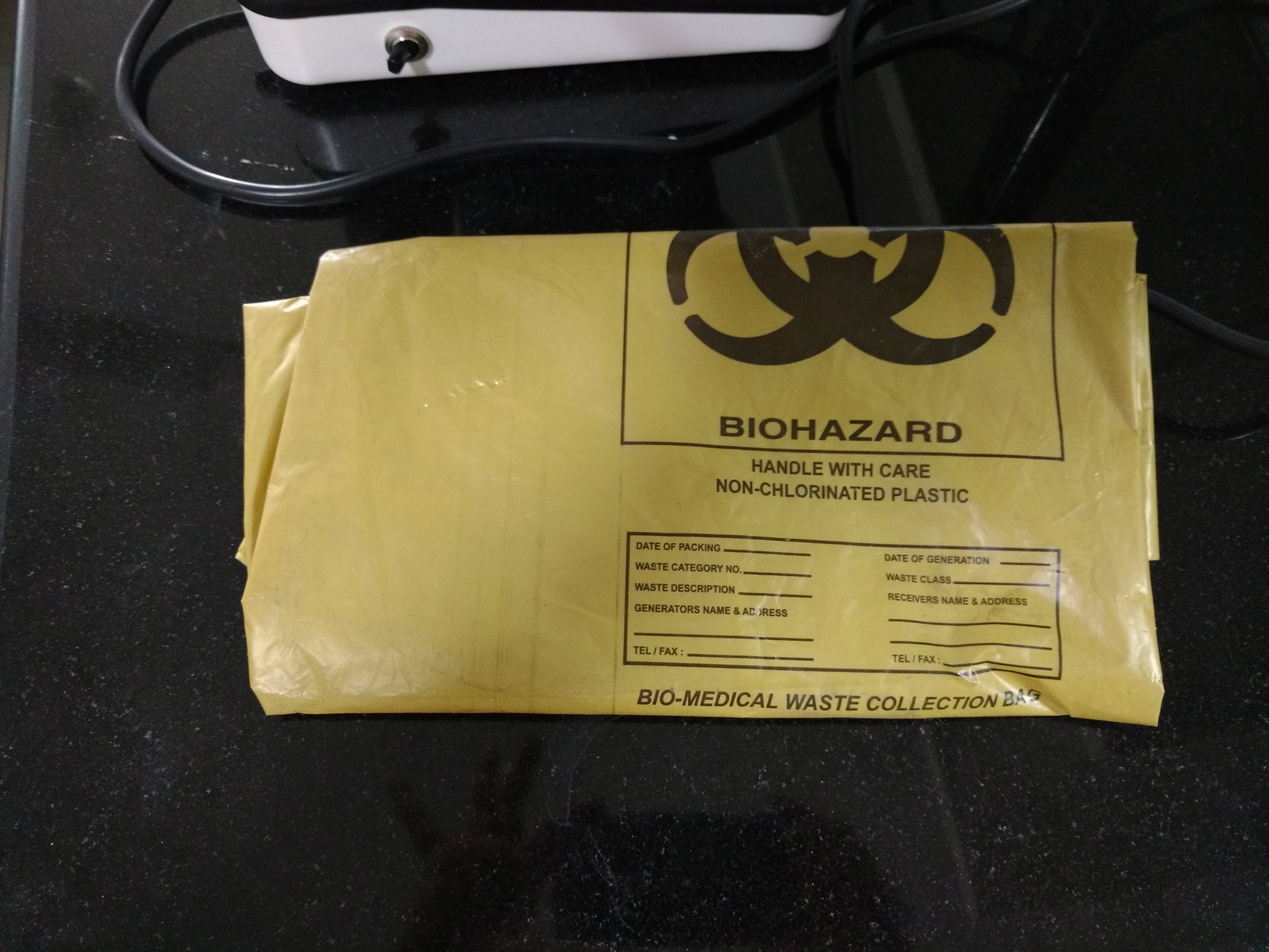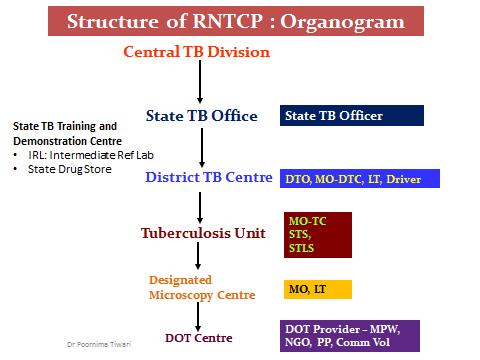ROTAVIRUS VACCINE - Rotavac
Type of Vaccine
Live attenuated liquid vaccine
COMPOSITION
Monovalent vaccine containing live attenuated rotavirus derived from a neonatal strain isolated in India
Number of doses per vial
Rotavirus vaccine supplied under UIP has 10 doses per vial.





